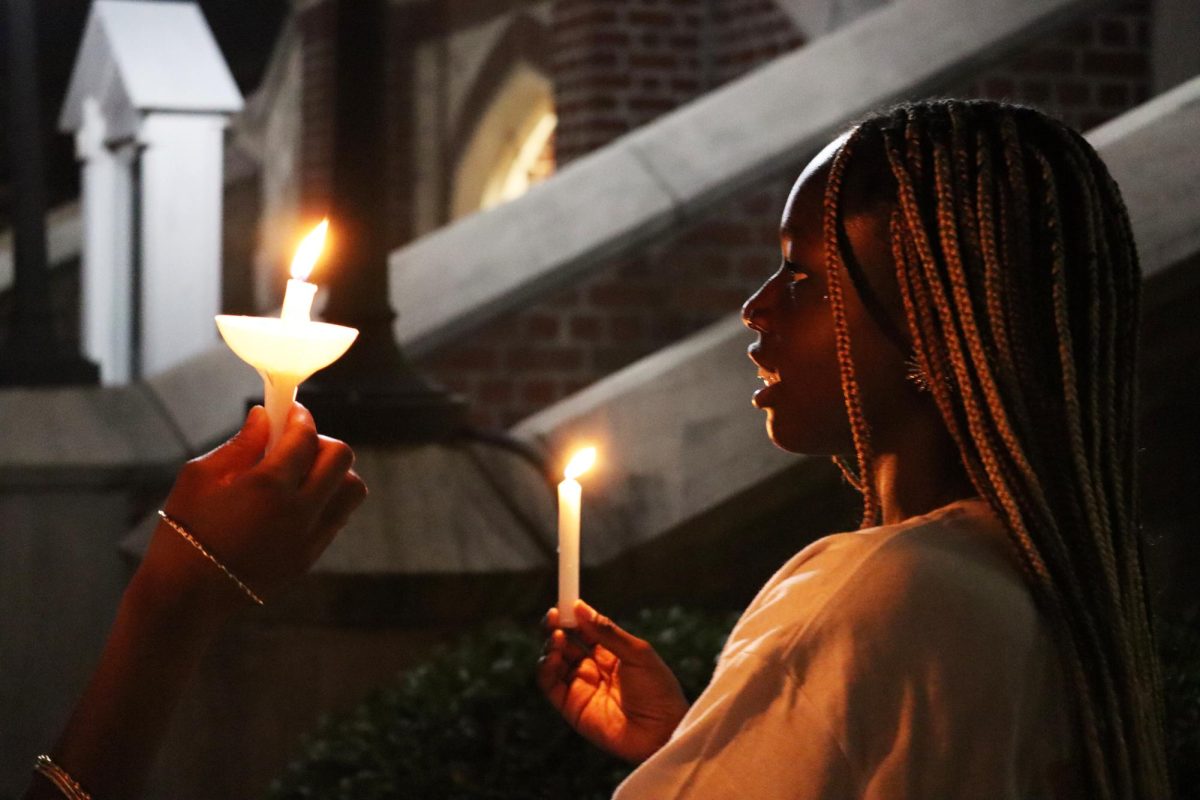In the past four years, Loyola has improved its environmental sustainability rating by two whole letter grades, traveling from a D- to a B-. Overall,this gives Loyola a GPA of 1.53—by its own standards, Loyola would have lost its scholarship a long time ago.
Despite Loyola’s below average track record, it appears as if things are now heading the right direction.
In 2008, Loyola founded the Campus Sustainability Study Group to directly address the D- it received in sustainability. This group has been the vehicle for Loyola’s improvement. Major accomplishments include streamlining Loyola’s recycling, initiating a car sharing program and partnering with Hollygrove Farm and Market to provide fresh and local produce.
From an administrative angle, it seems that Loyola will consider environmental issues in future development. All not yet constructed buildings on Loyola’s campus will have at least Silver Leadership in Energy and Environmental Design certification or higher. This means that all buildings built in the future on Loyola’s campus will have to receive at least 50 points out of a possible 100 for environmental features such as being built from local materials. Luckily, the LEED test is curved to an 80, so while a building may score a 50, it receives a D- not an F.
However, the university itself cannot be the sole actor for a green, “grade A” campus. The students are going to have to actively participate in green behavior. This means recycling, printing less and using less energy. As the energy costs of living in a dorm are hidden in the overall fees, it is very easy for students to overlook how much they consume. Students who live off campus are used to turning off all the lights and the air conditioner when out to save money.
Students living on campus need to learn to be just as green. A greener Loyola has more than just environmental benefits. It has health benefits, and monetary ones as well. Students at Loyola spend the majority of their time in college on campus. Breathing in polluted air (whether by carbon emissions or black mold) is uncomfortable for everyone.
Up to this point, all of the Campus Sustainability Study Group’s efforts have been done with very little university funding, the university should put more resources to this end.
A healthier greener campus will attract more students and the more applications Loyola gets, the higher the quality of the students it admits. A greener Loyola is literally a better Loyola.
Loyola may not spring up to an A immediately, but as long as there is improvement, we will be on the right track.
The categories Loyola scored lowest in this year were: climate and energy change, endowment transparency and shareholder engagement. This brings up an interesting point. As a university, Loyola is responsible for those it has influence upon. In order to be truly environmentally friendly, it can’t just be green. Loyola has to encourage green thought and action.
Let’s band together, Loyola faculty, students and staff, if we cram hard enough, we can get a B.
These editorials are the majority opinion of the editorial board named above.






